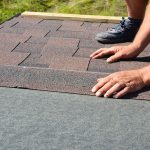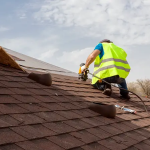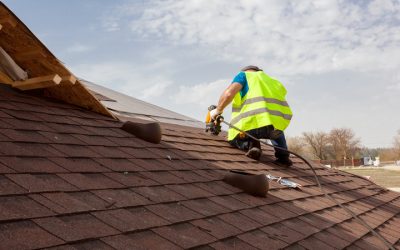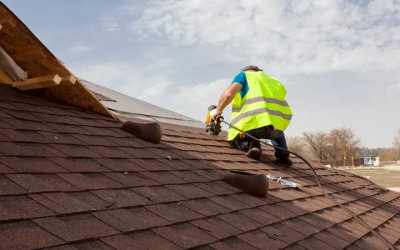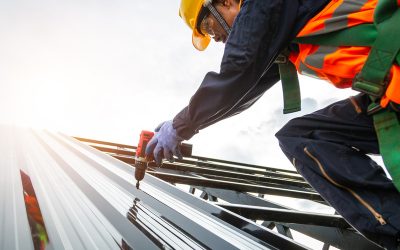The roofs on most homes will last an average of twenty to thirty years, depending on the type of shingles and materials. Storm damage, roof leaks, and installation oversights are common reasons that a roof will need to be replaced before the average lifespan.
Some roof installations will involve putting on new shingles, while others will require removing all materials on top of the wood sheathing. Making the decision to move forward with a residential roof installation in St Paul means assessing the condition of the roof, researching and selecting a vendor, and working with an insurance company to help cover the costs if the damage was caused by a covered event. Click here for more information on local roofing companies.
Reasons to Get a New Roof
Hail damage, downed trees, and severe wind damage are common reasons why a home will need a new roof. Depending on the extent of the damage and the circumstances, a homeowner’s insurance policy will cover the majority of the costs. Other signs of a roof in need of replacement include rotting materials, irregularities in the shingles, an overabundance of shingle granules in the gutters, and signs of leaks. Even with these signs and concerns, the first step is to have a certified roof inspector or roofing company take a look at the roof to make a final determination.
Selecting a Vendor
When looking for a company that performs residential roof installation in St Paul, be aware of predatory practices. Some will try calling homeowners immediately following a storm to offer a free inspection or a discount. While not all companies that do this have dishonest intentions, it is best to ask for the company’s license and certification information. Before selecting a company to work with, contact the home’s insurance carrier. The carrier’s representative may need to also inspect the property to determine the need for a new roof.
The process of getting a new roof installed usually takes one to three days, depending on the size of the home. Be prepared to have the roof inspected by a licensed inspector and an insurance company prior to installation. Besides asking for a roofer’s references, ask to see a copy of the company’s certificate of insurance and certification. Also, be prepared to wait a few months for installation to begin if the local area has recently experienced severe storm or hail damage.


